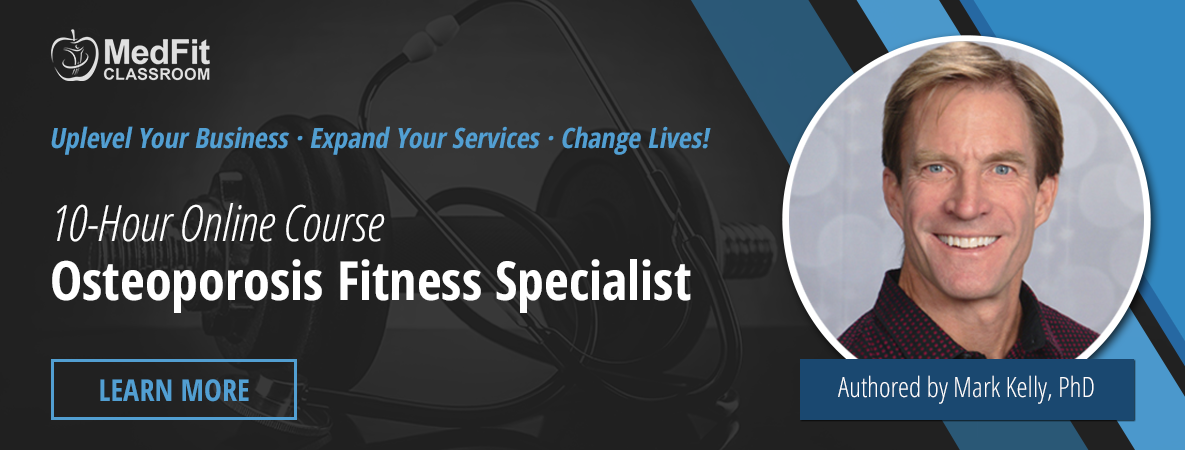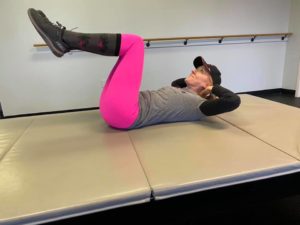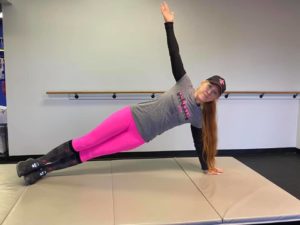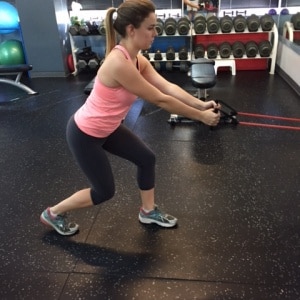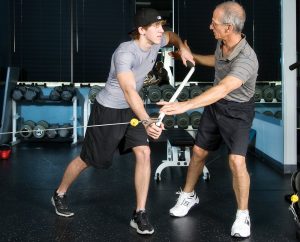Why Medical Fitness? An Integrative Perspective
It is well recognized that the population of individuals over the age of 65 in the United States is expanding. With age, comes natural and expected physiologic deficits in the musculoskeletal system that affect the pursuit of exercise and fitness.

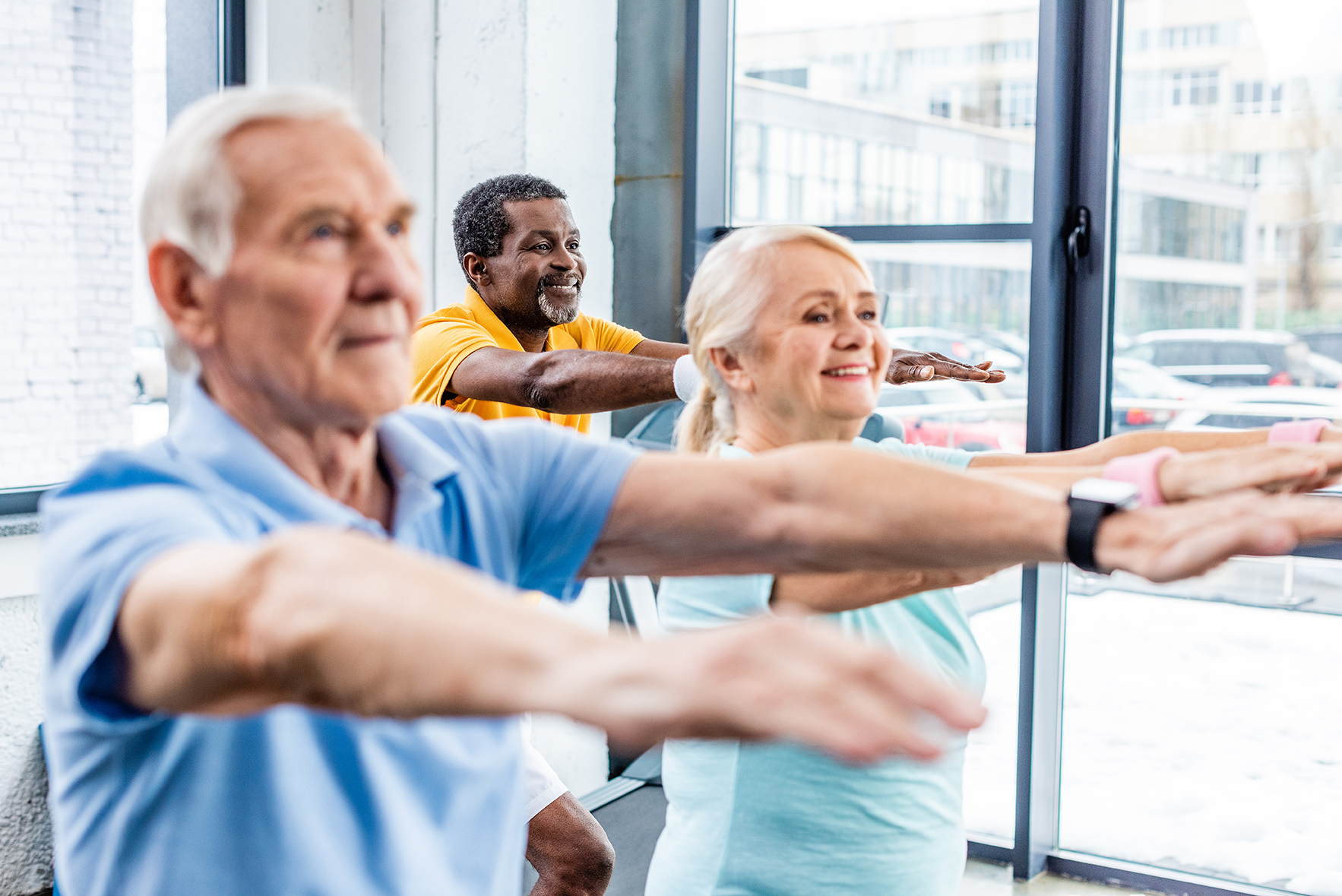

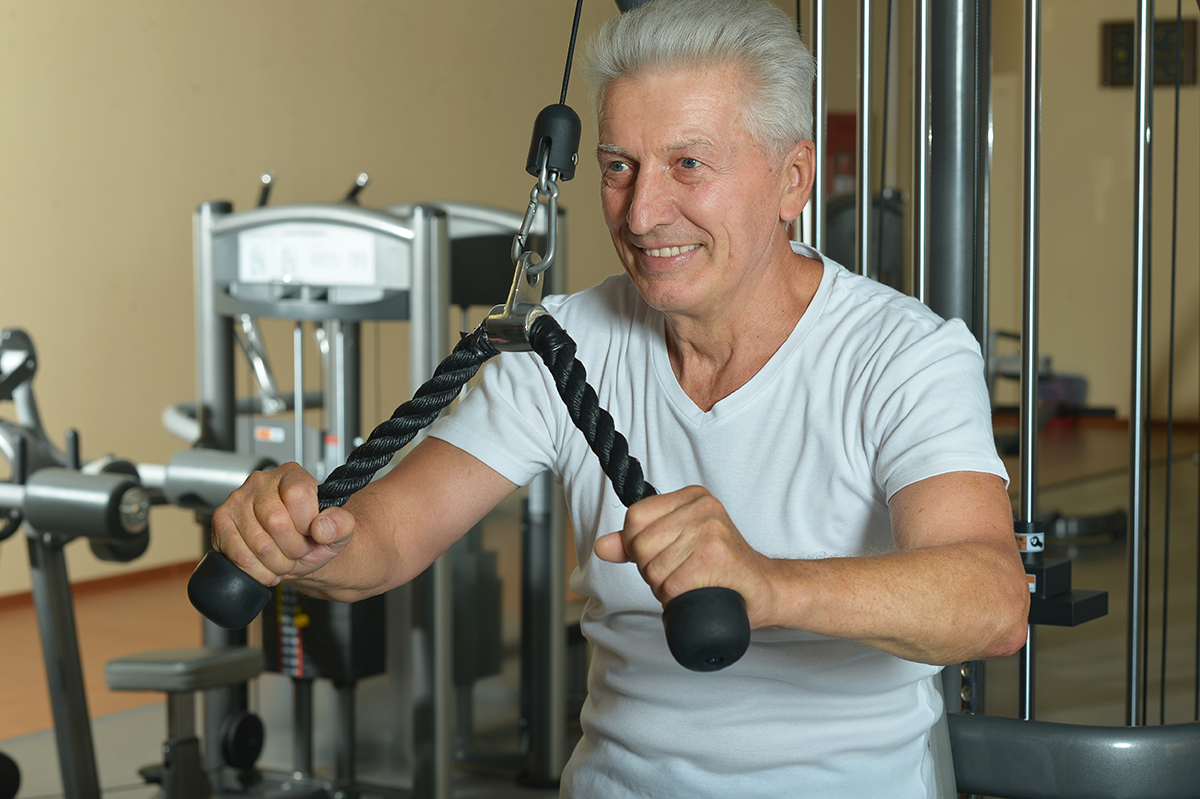
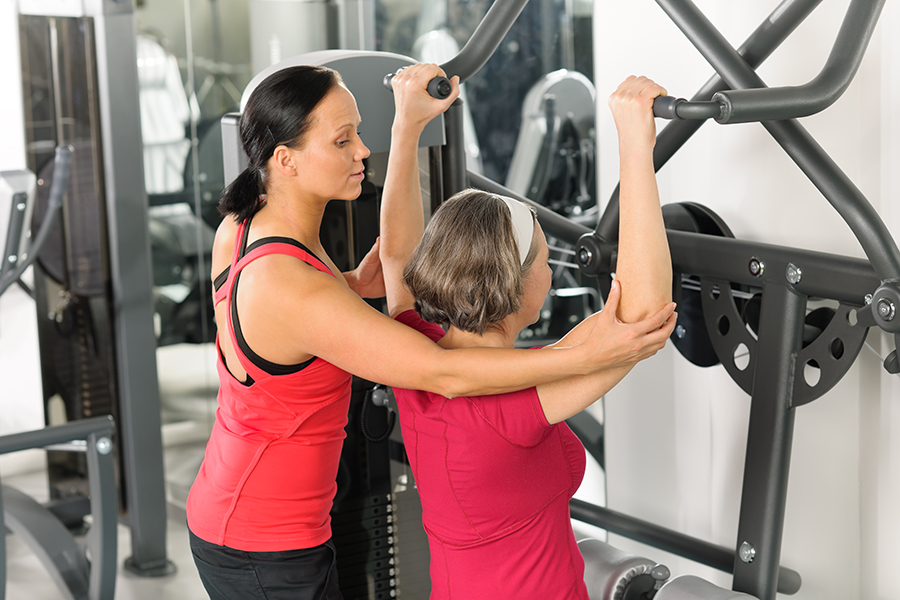


 Hot Flashes are potentially the most well-known and most-associated signs of menopause, affecting approximately 50% of menopausal women. They are a sudden sensation of feverish heat that spreads through your body.
Hot Flashes are potentially the most well-known and most-associated signs of menopause, affecting approximately 50% of menopausal women. They are a sudden sensation of feverish heat that spreads through your body.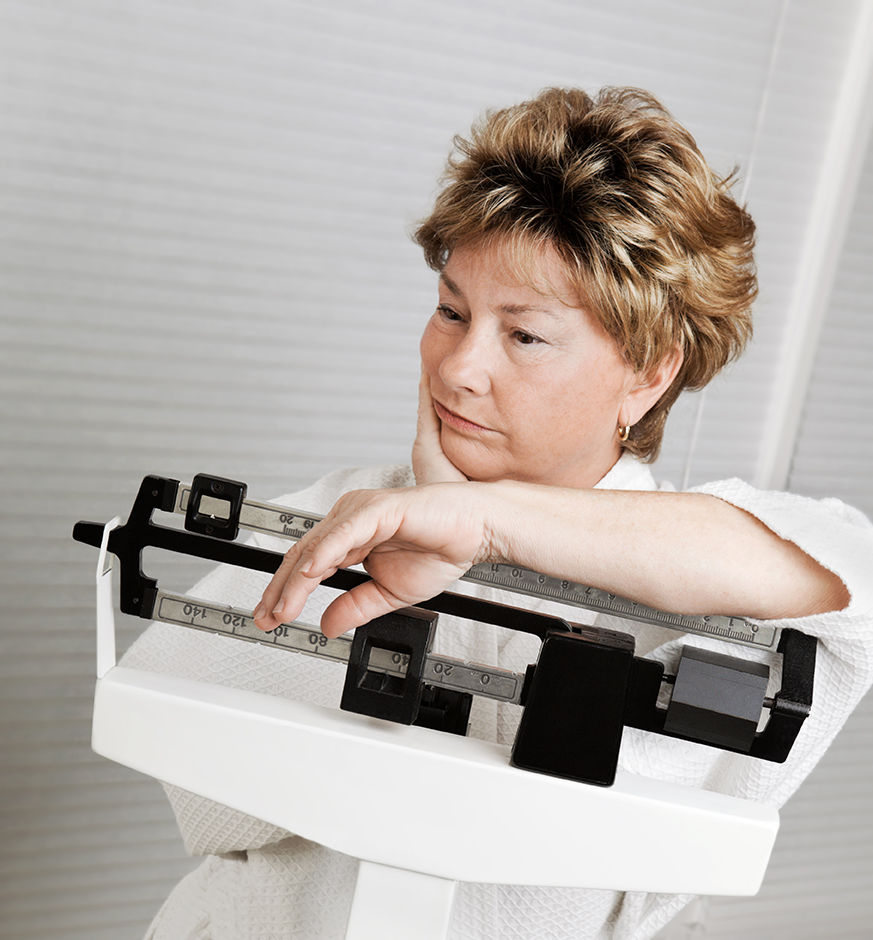 Weight Gain
Weight Gain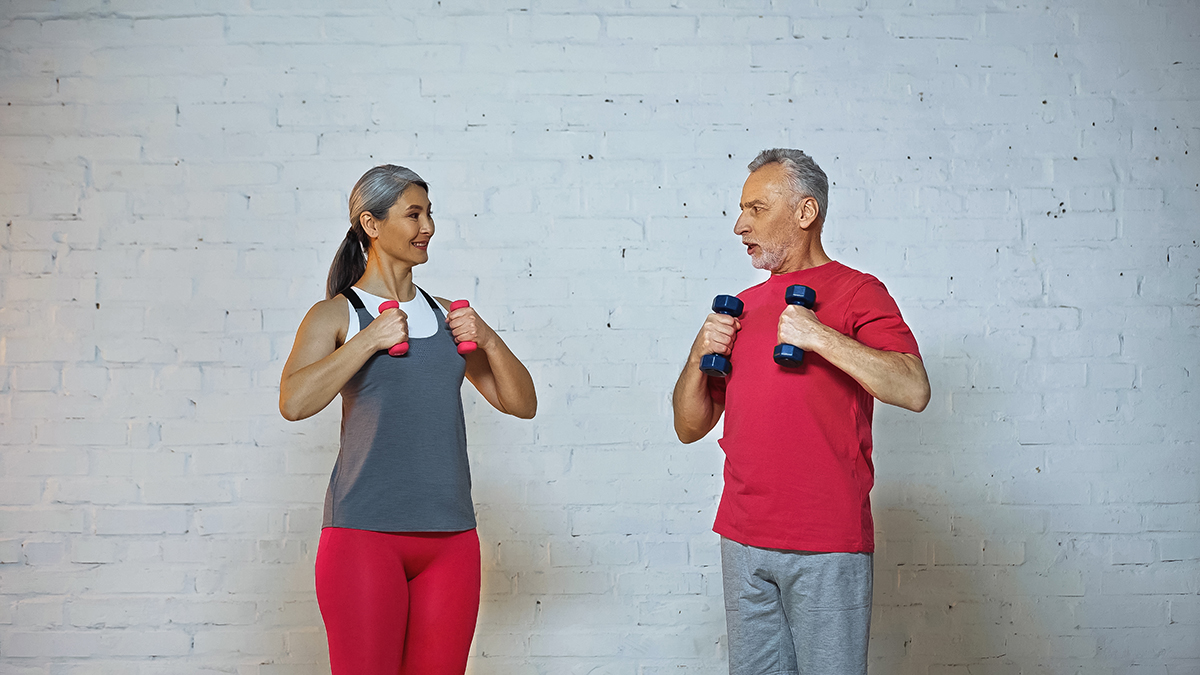
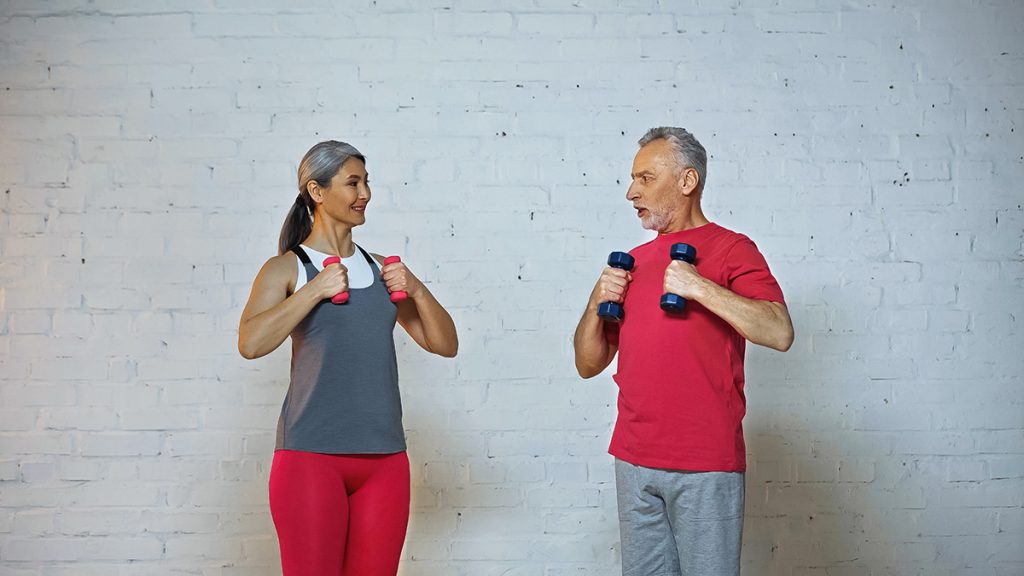 Joel, an 85-year-old male, has left his house a total of five times in the previous 10 months. Through his wife’s encouragement, he continued his at-home workouts and even increased the frequency of his sessions from two to three times per week once the quarantine moved beyond four weeks. During this time, Joel has increased his lean muscle mass, improved his balance and his wife reports his legs are ‘rock solid and his energy has never been better.’
Joel, an 85-year-old male, has left his house a total of five times in the previous 10 months. Through his wife’s encouragement, he continued his at-home workouts and even increased the frequency of his sessions from two to three times per week once the quarantine moved beyond four weeks. During this time, Joel has increased his lean muscle mass, improved his balance and his wife reports his legs are ‘rock solid and his energy has never been better.’ 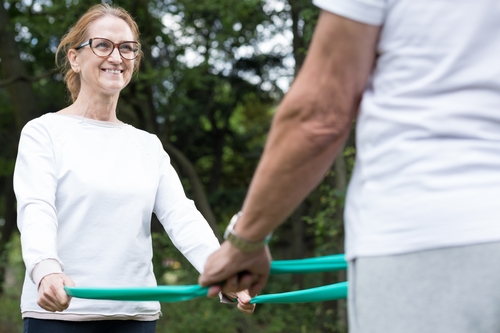 While historically it has been a barrier to exercising at home, novel equipment such as resistance bands make training at home both practical and functional. Resistance bands provide a low-cost option as compared to free weights (Kirwan et. al. 2021). While Sanchez-Sanchez et. al. (2019) found resistance bands did not provide as much benefit for older adults experiencing sarcopenia as compared to moderate to vigorous exercise, anecdotal finds report contrary findings. Progressive overload utilizing varying tensions of resistant bands and novel anchoring positions has been clinically shown to increase muscle mass, improve joint health and foster confidence in older adults when incorporated into an overall resistance training program (Osar and Linkul 2021).
While historically it has been a barrier to exercising at home, novel equipment such as resistance bands make training at home both practical and functional. Resistance bands provide a low-cost option as compared to free weights (Kirwan et. al. 2021). While Sanchez-Sanchez et. al. (2019) found resistance bands did not provide as much benefit for older adults experiencing sarcopenia as compared to moderate to vigorous exercise, anecdotal finds report contrary findings. Progressive overload utilizing varying tensions of resistant bands and novel anchoring positions has been clinically shown to increase muscle mass, improve joint health and foster confidence in older adults when incorporated into an overall resistance training program (Osar and Linkul 2021). 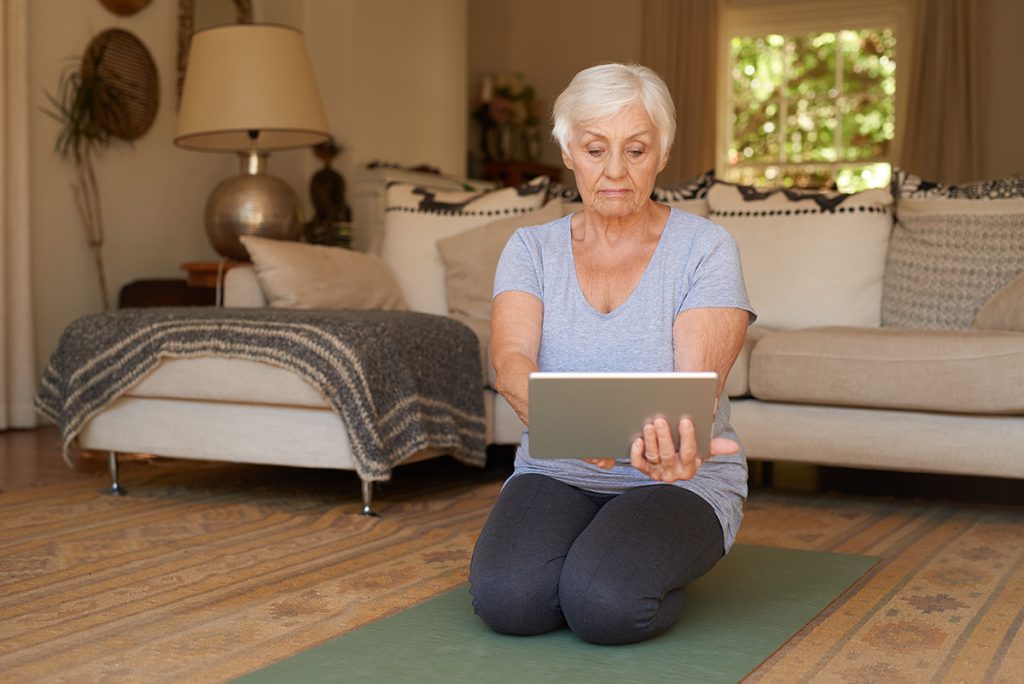 The third major barrier to online training are technology-associated challenges. While many have legitimate technology challenges, the resourceful and proactive MFP can help remove that obstacle and ease older adults’ in their online transition.
The third major barrier to online training are technology-associated challenges. While many have legitimate technology challenges, the resourceful and proactive MFP can help remove that obstacle and ease older adults’ in their online transition. 
